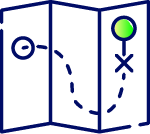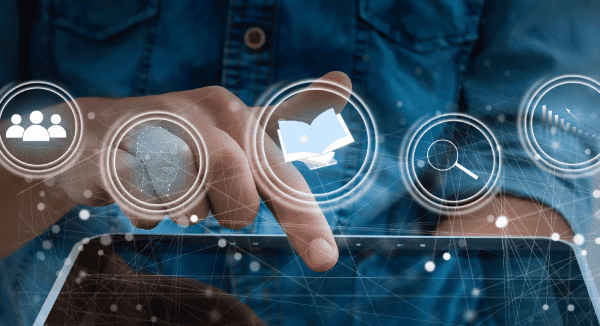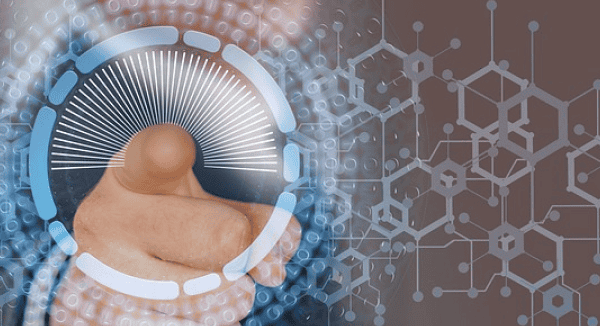Robust managed security services, at a fixed-cost

Comprehensive, fixed-cost cloud cybersecurity
At Cyber Defense Group, we specialize in managed cybersecurity services, addressing the critical skills shortage in this domain. Our approach integrates expert talent, innovative technology, and proven processes, delivering comprehensive and cost-effective security solutions to safeguard businesses in the cloud era.

Expertise-driven growth
View cybersecurity as a catalyst for growth, benefiting not only your protection but also your progress.

Partnership focus
Get more than just a provider – gain a dedicated partner in building robust cyber resilience.

Proactive roadmaps
Our expert programs will help you navigate the cyber landscape with confidence.
Securing critical areas of enterprise risk
Our suite of security programs ensures your digital domains are safeguarded against the ever-changing cyber threat landscape, utilizing state-of-the-art technology and practices for unmatched resilience.
Identify, assess, and mitigate cyber risks
Our Cybersecurity Risk Assessment service is the foundation of a robust cyber defense strategy. We conduct thorough evaluations of your digital infrastructure to identify vulnerabilities, assess potential threats, and provide detailed risk analysis. Our assessments are not just about identifying risks; they’re about understanding them in the context of your unique operational environment. This service enables your organization to prioritize and mitigate risks effectively, ensuring compliance with relevant regulations and standards

Bespoke comprehensive protection
In today’s fast-paced digital world, maintaining an in-house cybersecurity team can be challenging and costly. Our Cybersecurity as a Service (CSaaS) offers a flexible, scalable solution to this challenge. From threat hunting to preventive measures and security policy enforcement, our CSaaS provides end-to-end protection tailored to your specific needs. This service allows you to focus on your core business activities, secure in the knowledge that your cybersecurity is in expert hands.

Rapid response, minimize impact
When cyber incidents occur, the speed and effectiveness of your response can mean the difference between a minor disruption and a major breach. Our Incident Response service is designed to act swiftly and decisively. We provide immediate assistance to contain the incident, assess the damage, and initiate recovery processes. Our team works diligently to identify the root cause, prevent future breaches, and restore operations with minimal downtime. With our Incident Response service, you can ensure business continuity and protect your reputation in the face of cyber attacks.

Business outcomes achieved from protecting critical areas of your business
Gain a competitive edge by fully embracing cyber resilience with robust, forward-thinking cybersecurity programs for the modern enterprise.

Business growth and operational efficiency
Unlock exponential business growth by minimizing disruptions, empowering employees, making informed decisions, and fortifying your business with robust customized cybersecurity solutions.

Risk management and compliance
Effective risk management, compliance, and proactive cybersecurity are crucial for safeguarding operations, protecting sensitive data, and preserving business reputation in an ever-evolving digital landscape.

Competitive advantage and brand protection
A robust cybersecurity strategy not only helps you gain a competitive edge and maintain a strong brand reputation, but it also fosters customer trust, a crucial factor in driving business performance.


